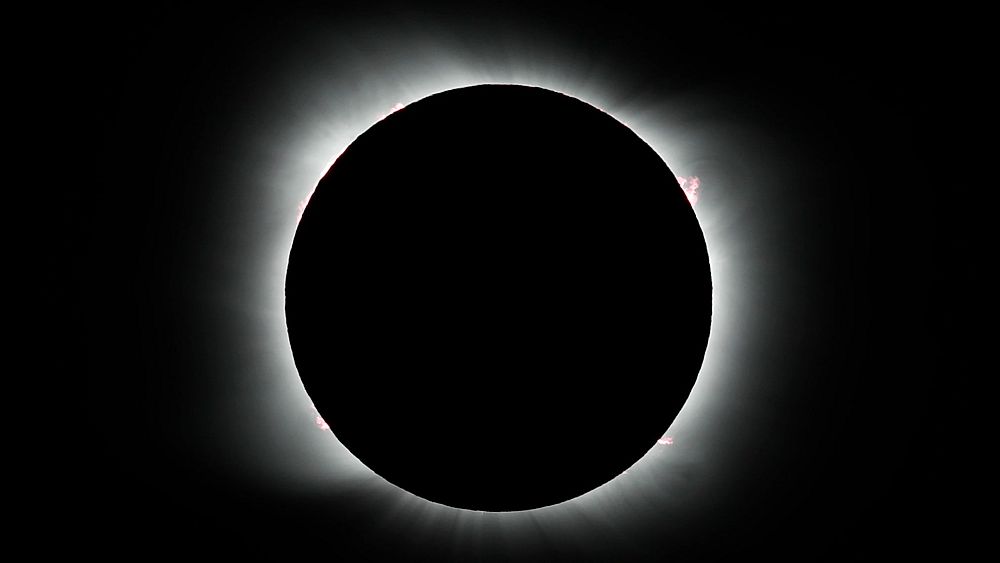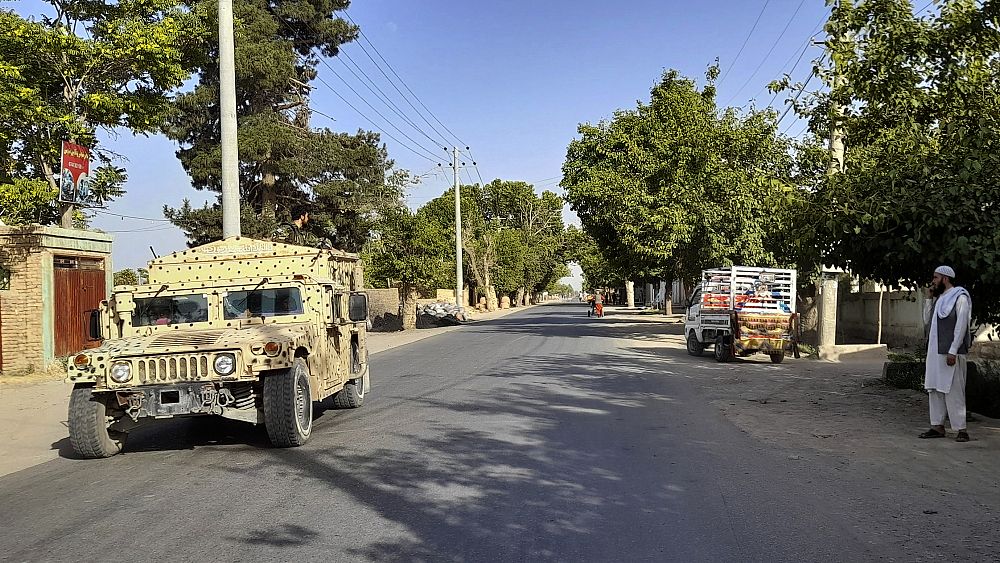Thousands of people were rewarded for braving the rain in Chile to witness a total eclipse of the sun on Monday.
Crowds gathered in the region of La Araucanía and enjoyed the occasion, in spite of cloudy weather that threatened the view of the rare event.
The rare celestial event will next take place – as viewed from the South American country – in 2048.
“It was worth the two minutes,” said witness Diego Fuentes, who traveled south with his family to see the eclipse.
“I liked it a lot and it was good that there were clouds because we could see it a little without glasses,” said Catalina Morales, a girl who watched the eclipse with her father, Cristián Morales. He described it as “spectacular, a unique experience”.
Thousands jumped and shouted happily in the drizzle when the sun was completely covered by the moon and then silence descended for a few moments. People again screamed and whooped excitedly when the sun appeared again.
During the brief period of darkness, only the lights of cell phones were visible.
About 500,000 Indigenous people of the Mapuche ethnic group live in La Araucanía. They traditionally believe that the eclipse signals the momentary death of the sun after a fight with the moon and leads to negative fallout.
Skies were clearer in northern Patagonia in Argentina, where many people wore masks to curb the spread of COVID-19.
It was also visible in several other Latin American countries as well as parts of Africa and areas of the Pacific and Atlantic oceans.









